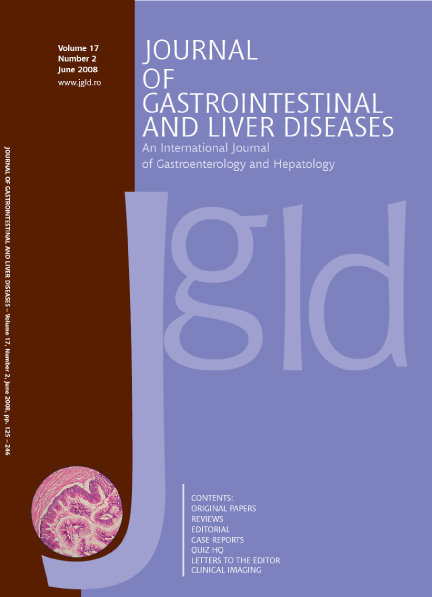Spiral Computed Tomography and Magnetic Resonance Angiography Evaluation in Budd Chiari Syndrome
Keywords:
Budd Chiari syndrome, spiral computed tomography, magnetic resonance angiographyAbstract
Budd-Chiari syndrome is caused by the obstruction of the hepatic venous outflow at the level of the hepatic venules, large hepatic veins, and inferior vena cava up to the confluence with the right atrium. When it is untreated, the mortality rate for patients is high. Because the clinical presentation of this syndrome is nonspecific, imaging investigation - computed tomography and magnetic resonance - are important diagnostic steps. Contrast-enhanced multiphase spiral computed tomography (CT) and magnetic resonance (MR) angiography permits morphologic and functional assessment of parenchymatous liver changes in this particular entity. In this review, we present the spectrum of vascular and hepatic parenchymal abnormalities in Budd-Chiari syndrome observed on multiphase contrast enhanced spiral CT and MR angiography.


